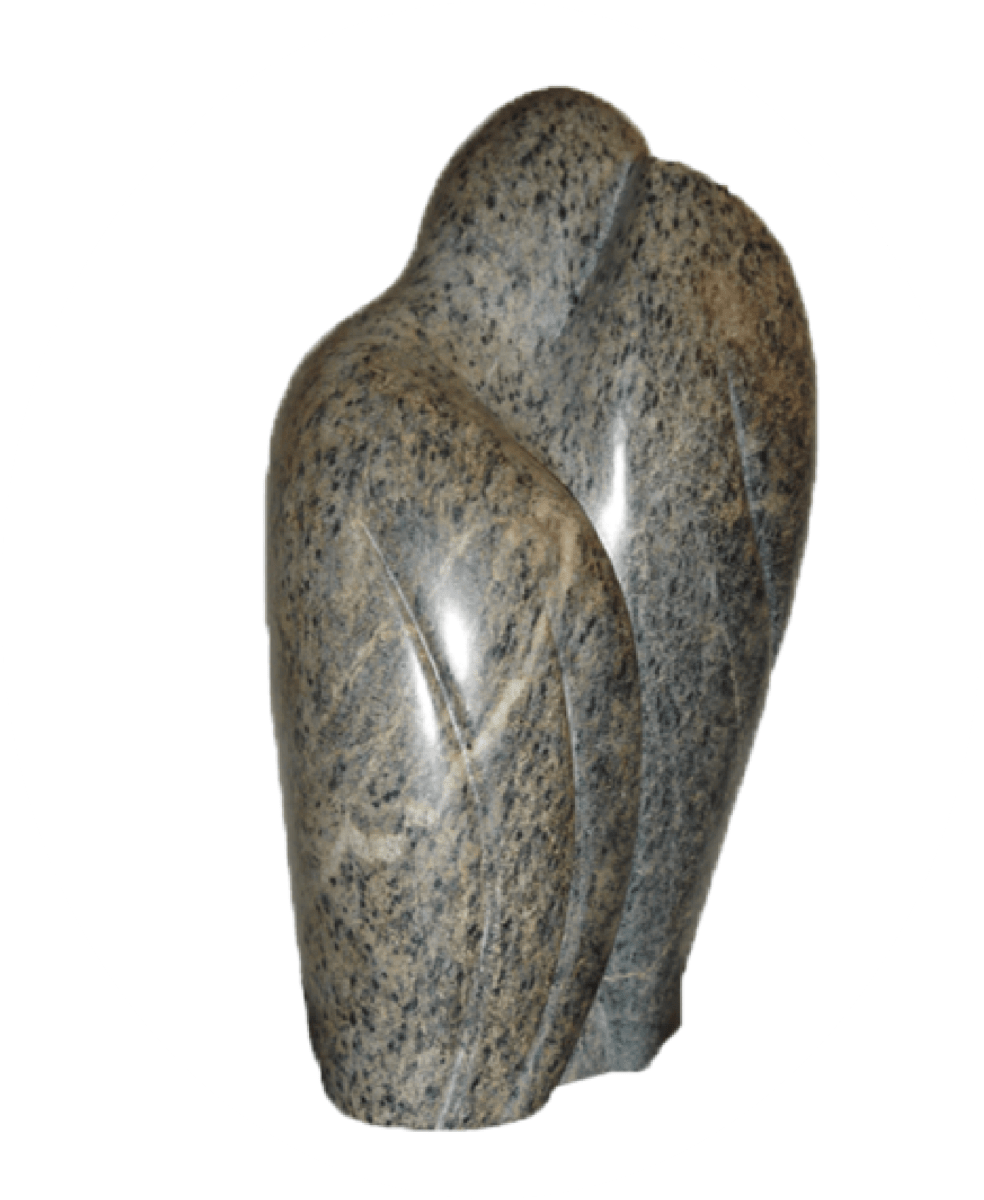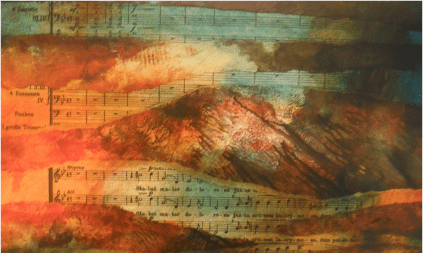Arvo Pärt
About the composer
Arvo Pärt was born in Estonia in 1935. In 1980 he moved to Berlin where he started composing. Pärt uses all possibilities of the twentieth century, still his music is clear and transcendent. His Stabat Mater from 1985 is composed in what he calls his “tintinnabuli” style and brings us back to the liturgical roots: the purity of the thirteenth century. It is created out of respect for silence: the silence at the foot of the cross. What kind of music is suitable at the foot of the cross? As Robert R.Reilly, music critic of Crisis Magazine wrote: “Pärt’s answer is gripping and intensely moving. It is not a study in musical archaism, but a living testimony of belief. This is music to listen to on your knees.”
About the Stabat Mater
| Date: | 1985 |
| Performers: | Soprano, alto, tenor, and string trio |
| Length: | 29.19 minutes |
| Particulars: | A pathetic motif of three descending notes is elaborated instrumentally and vocally. The text is sung in a slow recitative and the sparse, open texture of the vocal lines is paralleled by the string parts, heightening the pain and anxiety of the text. The predominant slow motion is interrupted three times by short fast gigs. In the "Amen" at the end the motif from the beginning returns. One of the most beautiful Stabat Maters ever. |
| Textual variations: | The text according to "Analecta" is sung, with following changes: |
| Colour bar: |
|
Information about the recording
| CD: | Virgin 5 45272 2: Stabat Mater |
| More info: | Four completely different settings of the Stabat Mater. A “must” for every collector. The Pärt Stabat Mater was recorded at the St Bartholomew’s Church, Orford, Suffolk, in May 1996. I bought this CD in a record shop in the Netherlands, 1997 |
| Orchestra: | Fretwork |
| Conductor: | Andrew Parrot |
| Soloists: | Joanne Andrews, soprano |
| Other works: | Gregorian Chant, Stabat Mater |
| Code: | 1997 PÄR 01 |





